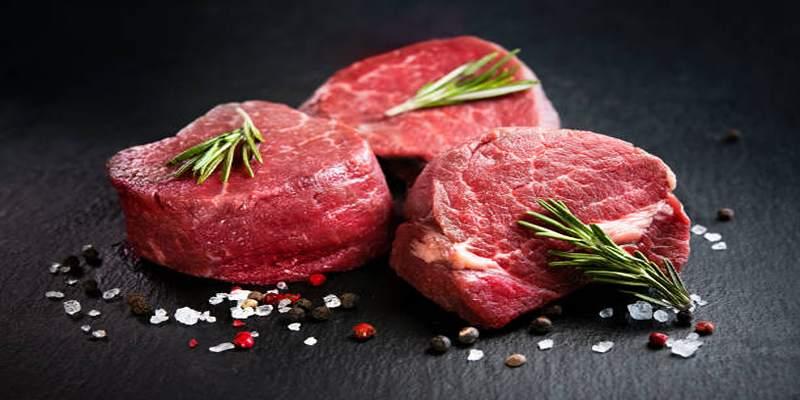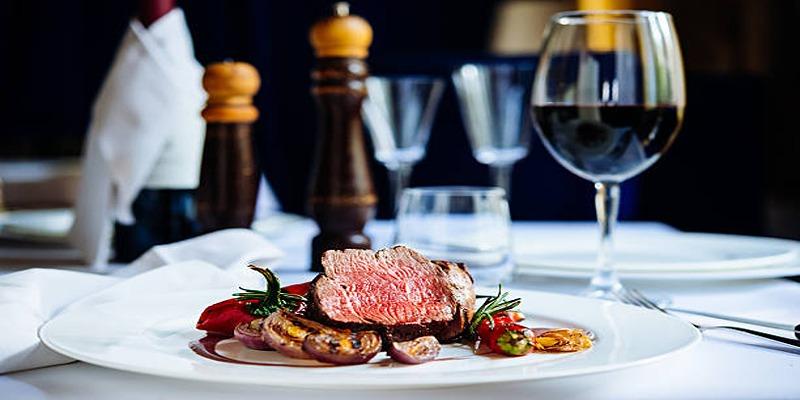Cooking the perfect filet mignon can be both an art and a science. Known for its tender texture and exquisite taste, this prized cut of beef deserves special attention to detail. Whether you are a seasoned chef or a home cook yearning to impress, mastering the techniques to achieve a flawless filet mignon will elevate your culinary skills. This comprehensive guide will take you through the selection of the finest cuts, preparation steps, and various cooking methods, ensuring that you can present an unforgettable meal every time.
Selecting the Perfect Cut
When selecting the perfect cut of filet mignon, several important criteria should be taken into consideration:
- Grade of Beef: Opt for USDA Prime or Choice grades. These higher grades indicate superior marbling and tenderness, crucial for achieving the best flavor and texture in your filet mignon.
- Cut Thickness: Look for cuts that are at least 1.5 to 2 inches thick. Thicker cuts allow for better control over the cooking process, ensuring a beautifully seared exterior and a tender, juicy interior.
- Color and Appearance: Choose beef that is bright red with a fine, consistent grain. Avoid cuts with brownish discoloration or an abundance of visible fat, as these indicate less fresh or lower-quality meat.
- Source: Whenever possible, purchase beef from reputable butchers or specialty meat providers. These sources often offer better quality and more reliable handling practices, contributing to a superior final product.
Essential Seasoning Tips
Seasoning truly enhances the inherent flavors of filet mignon. Here are some essential tips to get you started.
Salt and Pepper
Generously season your filet mignon with coarse sea salt and freshly ground black pepper. It's recommended to season the beef at least an hour before cooking, allowing the salt to penetrate and tenderize the meat. This also helps to draw out excess moisture, which is key to achieving a rich, caramelized crust. Remember, simplicity is often best with high-quality cuts; the salt and pepper provide an ideal foundation that complements, rather than overpowers, the natural flavor of the beef. For additional layers of taste, consider adding a light brush of olive oil and a sprinkle of minced garlic or fresh herbs like rosemary or thyme.
Fresh Herbs and Aromatics
Using fresh herbs and aromatics can elevate the flavor profile of your filet mignon to new heights. Consider incorporating finely chopped rosemary, thyme, or tarragon to the seasoning mix. These herbs not only provide a fragrant aroma but also infuse the beef with subtle, complementary flavors. Additionally, aromatics like crushed garlic cloves, shallots, or even a hint of lemon zest can be added to the pan during cooking to enrich the overall taste. For an extra touch of luxury, a pat of herb-infused butter placed atop the filet as it rests adds a final flourish of flavor and richness.
Marinating for Extra Flavor
While filet mignon is typically prized for its natural flavor and tenderness, marinating can be an excellent way to introduce additional complexity. Use a simple marinade of olive oil, minced garlic, soy sauce, and a touch of balsamic vinegar. Allow the meat to marinate for at least 1-2 hours before cooking to let the flavors penetrate.
Resting Before Cooking
Seasoning isn't just about what you put on the meat; it's also about timing. Let your seasoned filet mignon rest at room temperature for about 30 minutes before cooking. This helps in even seasoning absorption and ensures the steak cooks more evenly.
Cooking Techniques Explained
Before diving into any specific cooking technique, it's crucial to understand the importance of temperature. Filet mignon is best cooked to medium-rare or medium to preserve its tenderness and natural juiciness. Using a meat thermometer allows precision, ensuring the internal temperature reaches about 130F (54C) for medium-rare or 140F (60C) for medium. Now, let's explore a few popular cooking methods.
Pan-Seared Method
Pan-searing is a straightforward approach, yielding a beautifully crusted exterior and a juicy center. Begin by preheating your skillet over high heat with a touch of high-smoke-point oil, such as canola or grapeseed. Once the pan is hot, carefully place the filet mignon in the skillet and sear for about 3-4 minutes on each side. For added flavor, toss in a few sprigs of fresh herbs and cloves of garlic. Reduce the heat and add a knob of butter, basting the steak with the melted goodness. Finish cooking in a preheated oven set to 375F (190C) for 5-7 minutes.
Grilling Method
For those who enjoy the smoky aroma imparted by the grill, grilling is an excellent choice. Preheat your grill to high and ensure the grates are clean and oiled. Grill the filet mignon over direct heat for about 4-5 minutes per side, achieving grill marks and a slightly charred exterior. Move the fillets to indirect heat and continue cooking until the desired internal temperature is reached.
Sous-Vide Method
Sous-vide offers unparalleled control over the temperature, ensuring an even cook throughout. Season your filet mignon and place it in a vacuum-sealed bag with a sprig of rosemary and a pat of butter. Set your sous-vide machine to 130F (54C) for medium-rare or 140F (60C) for medium, and cook for 2-3 hours. After the sous-vide process, quickly sear the steak on a hot pan for a minute on each side to develop the crust.
Perfecting Doneness Levels
Achieving the perfect doneness level for filet mignon is key to delivering a succulent and flavorful steak. Use an instant-read meat thermometer to check the internal temperature. For a rare steak, aim for 120F (49C); for medium-rare, aim for 130F (54C); for medium, 140F (60C); well-done, 160F (71C). Once the steak reaches about 5F below the desired temperature, remove it from the heat source and let it rest for 5-10 minutes. Resting allows the juices to redistribute within the meat, ensuring a moist and tender filet. Remember, a properly cooked filet mignon should have a slightly charred exterior and a warm, pink center. The contrast between the seared crust and tender insides epitomizes the steak's allure, making it an indelible culinary experience. Mastering these details ensures that each steak you serve will be nothing short of extraordinary.
Serving and Presentation Suggestions
When it comes to presenting your perfectly cooked filet mignon, the details matter. Start by choosing a warm plate for serving; this helps maintain the steak's temperature. Consider placing the filet on a bed of creamy mashed potatoes or a nest of sauted greens to create an appealing base. Garnish with a sprig of fresh rosemary or a scattering of microgreens for a touch of elegance. Drizzle a small amount of balsamic reduction or red wine sauce around the steak to enhance the visual appeal and add a burst of complementary flavor. For an extra layer of sophistication, top the filet with a pat of herb-infused butter. Pair your filet mignon with a robust red wine, such as Cabernet Sauvignon or Merlot, to elevate the dining experience. Paying attention to these presentation nuances can transform a simple meal into an exquisite, restaurant-quality dish.
Conclusion
In mastering the art of cooking filet mignon, attention to detail and technique is paramount. From the foundational step of seasoning with salt and pepper to the incorporation of fresh herbs, marinating for added complexity, and the importance of resting, each element contributes to the steak's ultimate flavor and texture. Whether you choose to pan-sear, grill, or utilize sous-vide methods, understanding doneness levels and how to achieve them is key to delivering a succulent and flavorful result. Finalizing your creation with thoughtful presentation touches can transform a well-cooked steak into a restaurant-quality meal that impresses. Remember, the perfect filet mignon is not just about cooking; it's about crafting a memorable experience that celebrates the essence of fine dining. By following these guidelines, you ensure that every bite of your filet mignon is a testament to culinary excellence.




